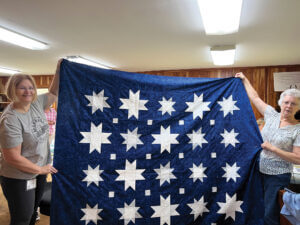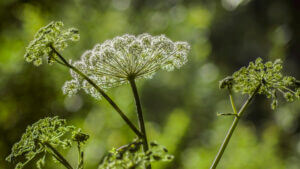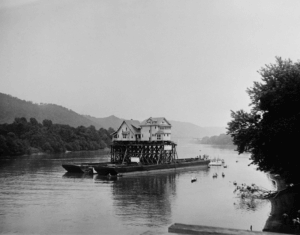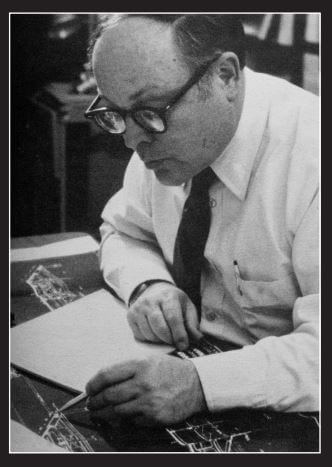

Engineer-historian Emory Kemp has spent a career championing the engineers behind the original technological revolution—and saving their work for future generations.
Emory Kemp keeps a two-inch-thick cross section of an I-beam at his house in Morgantown. It’s rusted along the sides of the capital “I” shape— those are the surfaces of the original I-beam—and ridgy-silver-shiny on its cut faces. It’s lighterweight than it seems like wrought iron would be. A civil engineer and a historian, Kemp handles it with appreciation.
“That’s a section of probably the world’s first 9-inch rolled iron member. Rolled in 1856. It’s from the Wheeling Custom House,” he says. He was involved in the 1970s and ’80s in the restoration of the custom house, now known as West Virginia Independence Hall. “I got very interested in how these things were made. Because everything I’d read indicated it would have been extremely difficult. And indeed it was.” Roller mills were able to roll a “T” section before the 1850s, he says, but rolling an “I” section and then getting the rollers out from between the two flanges left fabricators frustrated. “It took them 30 years to do that—they solved it in Trenton,” he says admiringly.
If you’ve been to Independence Hall, or if you’ve crossed the Wheeling Suspension Bridge or the covered bridge at Philippi, or even just admired them or dozens of other historic structures throughout central Appalachia and worldwide, you have in part Emory Leland Kemp to thank.
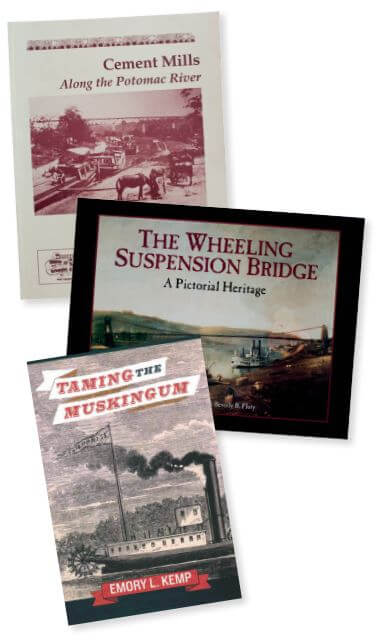
Now a professor emeritus of both civil engineering and history at West Virginia University, Kemp has disassembled, reassembled, excavated, and scaled more of West Virginia’s industrial history than possibly anyone—at least once cheating death. Colleagues esteem him for his knowledge, his ingenuity, his productivity, and his ability to leave any collaborator—tradesworker, engineer, government staffer, historian—inspired and enriched. All along, he has championed the problem-solvers of the Industrial Revolution. “These are the real heroes of the 19th century,” he says. “We wouldn’t have anything without them.”
An Engineer Looks to the Past
Kemp was well into a distinguished career in engineering before he came to West Virginia. An Illinois native, he studied engineering at the University of Illinois, then served during the Korean War with the U.S. Army Corps of Engineers in Washington, D.C. He received a Fulbright Scholarship and earned his master’s in engineering at the University of London. Afterward, he worked with prestigious London-based firms including Arup, where he contributed to the iconic Sydney Opera House.
Invited back to the University of Illinois on a full scholarship, Kemp earned his Ph.D. there. Then he came on at WVU as an associate professor in 1962 to develop the graduate program in structural engineering.
It wasn’t long before Kemp built his longtime interest in history into his engineering and academic life. By 1972, he was encouraging civil engineers at a national convention to lend their skills to the emerging field of industrial archaeology. And he worked as a consultant with the federal Historic American Engineering Record in the early 1970s, documenting West Virginia’s rich industrial history.
An early fascination of Kemp’s was the 1849 Wheeling Suspension Bridge. His many writings on the bridge, starting in the 1970s, detail the doggedness of engineer Charles Ellet Jr. and celebrate the bridge’s primacy as the longest span in the world in its day. Kemp served as preservation engineer for the state Department of Highways during the bridge’s 1983 and 1998 rehabilitations. Although he says modestly little of his role, his writings hint at what must have been a contentious disagreement in 1983 about protecting the bridge’s suspension cables in a neoprene wrap recommended by consultants, as opposed to what he calls a “time-honored” wire wrap. The neoprene he opposed soon failed, and the cables were wrapped in wire in 1998.
“The Wheeling Suspension Bridge was a project most engineers would throw out the window,” says preservation specialist and longtime associate and friend Sam Houston. “They’d say, ‘You’re going to have to take the traffic off of it and maybe even the pedestrians—it’s too old.’ I would guess that if Emory hadn’t been approached, the bridge would not have been saved. And it carries traffic still today.” Kemp’s knowledge about every aspect of the Wheeling bridge still impresses engineer, master carpenter, and restorationist Jon Smith, also a longtime associate. “I don’t know if Ellett knows as much about that bridge as Emory.”
A Genius with Epoxy
When the covered bridge at Philippi burned in 1989, Governor Gaston Caperton appointed Kemp the engineer in charge of restoration. Kemp worked on the bridge with Houston and Charleston architect Paul Marshall—a triumvirate Smith calls “the Clint Eastwood, John Wayne, and Wyatt Earp” of preservation. The 1852 bridge held and holds a special place in West Virginia history as the oldest covered bridge in the state, one built by Randolph County master bridge builder Lemuel Chenoweth.
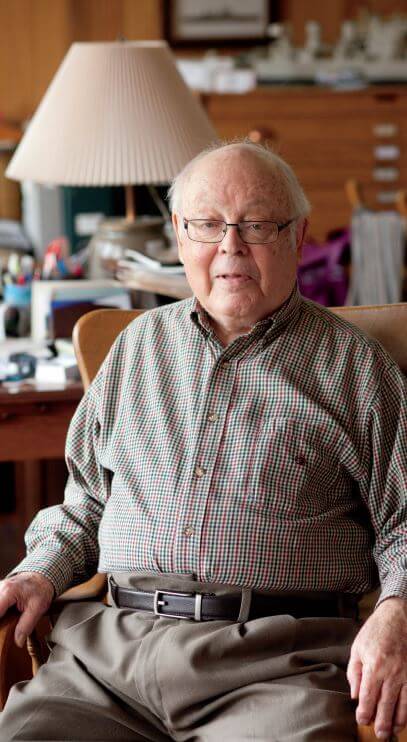
The bridge’s roof was badly damaged and had to be removed. Rather than spend restoration money erecting a building nearby to house the restoration effort, Kemp designed a covering that let the crew work within the bridge itself. “I used very heavy-duty plastic stretched over it, just like a covered wagon—only it was 308 feet long,” he recalls. Under his direction, workers saved as many of the scorched timbers as they could. “We also found an old shingle machine in Belington that cuts a tapered wooden shingle. We restored that machine, and we could produce 2,000 shingles a day. We soaked them in wood preservative for three days and then nailed them up on the roof as the originals were.” Crews worked three shifts on the bridge. “We could work in there in inclement weather, winter, summer,” Houston says. “It was estimated to take three years to rebuild, and we got it done in one.” Completed in 1991, the work saved the covered bridge and, in recognition of the demands on the only covered bridge serving the federal highway system, also installed steel girders and a concrete deck. “It’s a bridge in a bridge,” Kemp observes.
The triumvirate worked a while later to restore the 1853 covered bridge at Barrackville, another Chenoweth structure. Here, Kemp says, he pioneered the use of epoxy and walnut shells for repairing rather than replacing structural members—one version of a class of restoration materials known as fiber-reinforced polymers. “Emory is a genius when it comes to epoxies,” says Houston. He’s not alone in that opinion. Smith, who also worked with Kemp on the bridge, made the same comment: “Emory’s a genius with epoxy.”
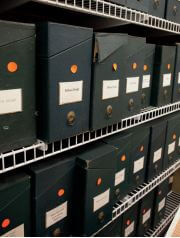
Restoration has its hazards. “We were working our way across the Barrackville bridge once, single-file, Emory in front, then me, and then Paul. There was only about 8 inches to stand on,” Houston recounts. This was during a phase in the late-1990s restoration when the bridge’s sides and roof were supported separately from a temporary deck, with space between. Partway across, Kemp slipped and fell 20 or 30 feet to the shallow, rocky bed of Buffalo Creek. Houston hurried across to the abutment and jumped down. “Emory hollered, ‘Sam, I’m all right!'” he recalls. “He was still lying there flat on his back, feeling around to make sure he was all in one piece. He was lucky—on both sides of his head were big rocks.” The three men dried Kemp’s sodden clothes at a laundromat over their lunch hour and then worked the rest of the day. One of only two Chenoweth bridges still standing, the restored bridge today serves pedestrians only—safely.
Another time, Kemp nearly fell from a high tipple when he and Houston were inspecting the abandoned Kaymoor mine in the New River Gorge. They were making their way across when Kemp’s foot slipped on some fungus before he had a good grip on an adjacent beam. “I reached up quickly and pressed both of his hands into the beam there,” Houston says. “He got his feet stabilized and was able to inch back and get his hands over the beam. He’d have gone 75, 80 feet down the coal chute into I-don’t-knowwhat.”
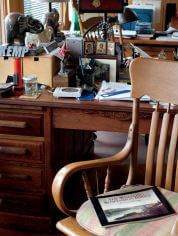
Kemp insisted on seeing structures and processes up close. “Knowing it from literature, talking to people, that was never enough,” Houston says. “If he wanted to know how a nail was made, he’d call LaBelle Iron Works that made nails in late 1800s and go to that plant, and he’d see these old nail machines that made nails back before he was born.” The depth of his combined book learning and hands-on knowledge earned him wide respect. “He’s not tall, but he commands the room when he walks in,” Smith says. “It’s all intellect. He’s my hero.”
Much of Kemp’s knowledge became journal articles that tell the specific technological stories of everything from bridges and oil wells to cement mills and turnpikes. They profile civil engineers and promote the value of industrial archaeology.
Kemp also fostered the institutions that preserve our industrial history: He was a founding member in 1971 of the national Society for Industrial Archaeology and served as the first editor of its journal and for a time as its president. His work as an adviser to the National Trust for Historic Preservation contributed to the 1981 founding of the Preservation Alliance of West Virginia. And he earned many awards; prominent among them, he was elected in 2004 a Distinguished Member of the American Society of Civil Engineers.
At WVU, Kemp would ultimately move from chairing the Department of Civil Engineering to create a History of Science and Technology program and to teach courses in the Department of History. He established the Institute for the History of Technology and Industrial Archaeology in 1989 and headed that up until he retired in 2002. There, as elsewhere, he inspired students and colleagues. “For me Dr. Kemp was and remains a mentor,” says Jeremy Morris, who interned at the institute as a student and later directed the Wheeling National Heritage Area and served as board president of the Preservation Alliance of West Virginia. “My time with him and our work there really influenced my interest in historic preservation and revitalizing our landscapes.”
Although Kemp makes it seem natural, his dual expertise in both engineering and history is like a professor teaching both biochemistry and pottery, or astrophysics and literature. “We do have some professors in somewhat related or complementary fields,” says WVU spokesman John Bolt. “But nothing like Dr. Kemp.”
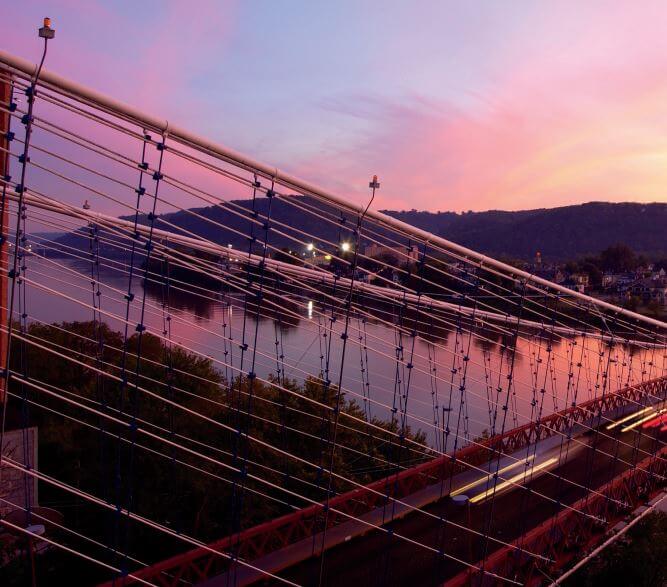
So Much Fun
What is the importance of all of this preservation and documentation? Kemp believes that the development of technology tells us more about our American past than the once-conventional “westward movement” storyline does. “When you ‘go west,’ you don’t get much. Nothing really happens until you get to California,” he jokes. “But the Industrial Revolution, starting in the beginning of the 18th century and gaining momentum—canals, roads, railways, and buildings of various kinds and the use of iron in buildings and the rise of the skyscraper—this is the essence of American history.”
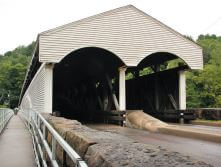
The preservation movement in West Virginia, a foundation of state pride and a significant tourist draw, owes much to Kemp and like-minded colleagues. Smith feels privileged to have worked with them. “Forty years ago we were pretty much despised, as preservationists. It was all about urban renewal—tear stuff down,” he says. “Dr. Kemp and Paul Marshall and Sam Houston, they took on urban renewal and they won. It took a lifetime, but they won.” An engineer of Kemp’s caliber could have worked and taught anywhere, Morris says. “He’s one of the most revered engineering preservationists in the country, if not the world,” he says. “He settled here. His legacy, what he’s done around the world, will always be tied to West Virginia.”
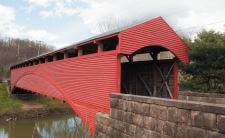
Kemp retired from the university in 2002 but remains a lifelong learner. Now 85, he has continued to publish papers and books in retirement—most recently, Taming the Muskingum, from West Virginia University Press in 2015. He’s writing now what he says will be his last book, about Benjamin Franklin Thomas, who engineered the dams on the Big Sandy River at the West Virginia–Kentucky border in the late 19th century.
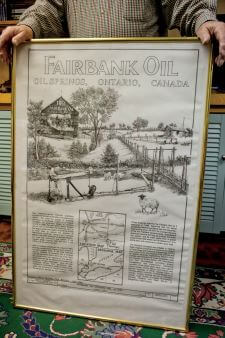
In April 2017, he had just donated 1,000 volumes from his personal library to the WVU libraries. In line with his contrary streak as a historian, he was hopeful that the Fairbank Oil Fields in Ontario—where Morris helped him document the production of oil earlier than in either West Virginia or in Pennsylvania, which both claim to have been the first—will be named a UNESCO World Heritage Site.
“It’s been really good being at WVU,” Kemp says, remarking how rich his career has been. Houston remembers a different facet of it. “Whenever I would call or stop by to pick Emory up,” he remembers, “I always asked his wife, Janet, if Emory could come out and play. Our work was so much fun.”
This story was originally published in the July 2017 issue of Wonderful West Virginia.
written by Pam Kasey
photographed by Carla Witt Ford



